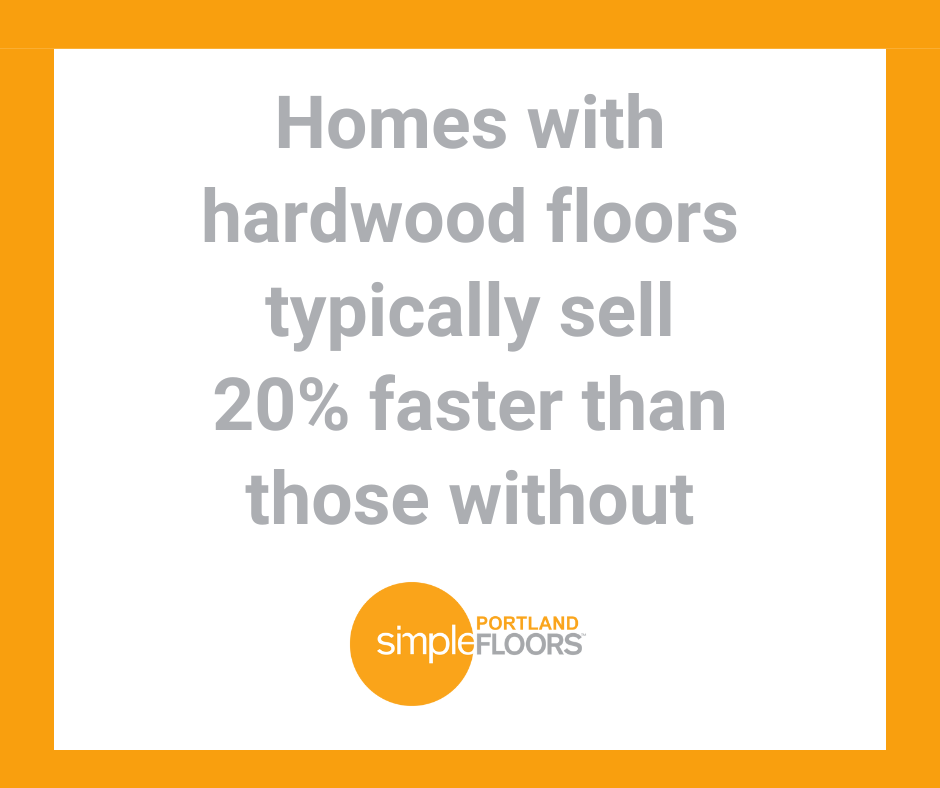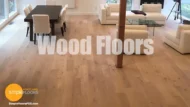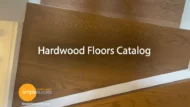A home remodel is an exciting opportunity to refresh your living space, but it can also feel overwhelming. From updating the kitchen to renovating the bathroom, the possibilities are endless. One of the most impactful changes you can make during your remodel is upgrading your flooring. Flooring is more than just a surface to walk on; it sets the tone for your entire space and enhances the overall aesthetic. Whether you’re looking to update your home’s interior, increase property value, or simply refresh the look of your rooms, new flooring can make a big difference.
So, how do you incorporate new flooring into your remodel? Here are some expert tips to ensure your new floors align with your remodeling goals and create a cohesive, beautiful space.
1. Understand the Role of Flooring in Your Home Remodel
Flooring plays a crucial role in a home remodel by defining the mood and functionality of a space. It can make a small room appear larger, add warmth to a cold environment, and even increase the resale value of your home. In fact, a National Association of Realtors (NAR) survey found that 54% of homebuyers are willing to pay more for homes with hardwood flooring.
When planning your remodel, consider what role you want your flooring to play. Are you looking to create a cozy, inviting atmosphere? Or do you want something sleek and modern? Do you need a durable surface to withstand pets and kids? Understanding these factors will help you narrow down the best flooring options for your home.
2. Consider the Existing Design and Flow
A critical part of any home remodel is maintaining a cohesive design throughout the space. When choosing flooring, think about how the material and style will flow with the existing design of your home. The key is to create a balanced aesthetic that doesn’t overwhelm the space.
For example, if you have an open-concept living and dining area, you may want to choose a single type of flooring that works seamlessly across both rooms. Consistent flooring in adjacent spaces can make your home feel more spacious and harmonious. Popular choices for open-concept spaces include luxury vinyl tile (LVT), hardwood, and wide-plank laminate.
If your home has separate rooms with different functions (such as bedrooms, kitchens, and bathrooms), consider varying the flooring material based on usage. For example, you might opt for tile in the bathroom due to its water resistance, but use hardwood in the living room to create warmth and elegance.
3. Choose the Right Flooring Type for Each Area
The type of flooring you choose depends on several factors, including your home’s overall style, the specific room, and your budget. Different areas of your home require different flooring options, and some materials are better suited for specific environments.
Hardwood Floors for Classic Elegance
Hardwood floors are a timeless, popular choice for home remodels. They add warmth and natural beauty to any space, making them a top choice for homeowners looking to create an elegant, lasting impression. Hardwood floors work well in almost any room, particularly living rooms, hallways, and dining rooms, where they can truly shine. If you are remodeling a high-traffic area, consider a durable wood such as oak or maple, which will resist wear and tear over time.
While hardwood floors are undeniably beautiful and long-lasting, they do require regular maintenance to preserve their appearance. Over the years, hardwood floors can develop scratches or lose their shine, and refinishing may be needed to restore their beauty. Refinishing costs typically range from $3 to $8 per square foot, depending on the type of wood and labor involved. However, with the right care, hardwood floors can last for decades and continue to enhance your home’s value and appeal.
Luxury Vinyl Tile (LVT) for Durability and Style
LVT is an increasingly popular choice in Portland homes because of its versatility, durability, and wide range of design options. Whether you’re aiming for the look of hardwood, stone, or tile, LVT provides a realistic appearance at a fraction of the cost. It’s an affordable option that’s easier to maintain, more resistant to moisture, and better suited for high-moisture areas. LVT is especially well-suited for kitchens, bathrooms, and basements where traditional hardwood might struggle with moisture. Because it’s water-resistant, LVT can handle spills and humidity much better than hardwood flooring, making it a more practical choice for these spaces.
LVT costs between $2 and $7 per square foot, making it a cost-effective flooring option compared to high-end hardwood. The material’s affordability doesn’t sacrifice durability or style. LVT also requires minimal upkeep—just regular sweeping and mopping to keep it clean and looking great. This combination of style, practicality, and low maintenance makes LVT an excellent investment for Portland homeowners.
Tile for Wet Areas
Tile is the best option for areas that deal with high moisture levels, such as bathrooms, kitchens, and entryways. Whether you prefer ceramic, porcelain, or natural stone, tile is water-resistant, durable, and easy to clean, making it an ideal solution for these wet environments. Tile is also versatile, available in a wide variety of patterns, colors, and textures, so you can customize your flooring to perfectly complement the design and style of the rest of your home.
In addition to its functional benefits, tile can add beauty and elegance to any room. However, it’s important to note that tile installation is more labor-intensive compared to other flooring options, which can increase costs. Installation costs typically range from $5 to $15 per square foot, depending on the material and the complexity of the job. Despite the higher initial cost, tile remains a top choice due to its longevity, moisture resistance, and ease of maintenance.
Carpet for Cozy Bedrooms
Carpet can bring warmth and softness to bedrooms or family rooms, creating a cozy, inviting atmosphere that enhances comfort and relaxation. Its plush texture is ideal for spaces where you want to add a feeling of warmth underfoot, making it a popular choice for colder climates. Carpet is available in various colors, patterns, and textures, allowing you to match it with your room’s decor seamlessly. It’s an excellent choice for those who want a soft and comfortable surface to walk on.
In addition to its comfort, carpet is also an affordable choice compared to hardwood or tile, with installation costs generally ranging from $3 to $6 per square foot. While it offers budget-friendly options, it’s important to keep in mind that carpets require more frequent cleaning to maintain their appearance and hygiene. Carpet can also wear out more quickly than harder flooring materials, especially in high-traffic areas. Regular vacuuming and professional cleaning will help extend the lifespan of your carpet, ensuring it remains fresh and comfortable for years.
4. Match Your Flooring to Your Budget
Budget is a key factor when choosing flooring for your home remodel. Flooring prices can vary greatly depending on the material, style, and installation costs. It’s essential to determine how much you’re willing to spend on flooring before you start your remodel.
If you’re on a tight budget, consider affordable options like laminate or LVT. These materials give you the look of high-end wood or stone at a fraction of the cost. Hardwood floors and natural stone are more expensive, but they add value to your home and can be considered long-term investments.
Some flooring materials also come with hidden costs, such as installation fees. Hardwood and tile typically require professional installation, which can add up quickly. On average, the cost of professional flooring installation ranges from $2 to $6 per square foot, depending on the material and complexity of the job.
5. Ask Yourself the Right Questions
When deciding how to incorporate new flooring into your remodel, it’s important to ask yourself a few key questions to guide your decision-making:
- What is the primary function of the room? For high-traffic areas or areas prone to moisture, like bathrooms, kitchens, or entryways, tile, LVT, or vinyl are great options. For living rooms and bedrooms, hardwood or carpet might be more appropriate.
- How much maintenance are you willing to do? Hardwood floors require regular maintenance such as refinishing and polishing, while tile and vinyl floors need minimal upkeep.
- What’s your budget? Flooring costs can vary widely depending on the material, and installation fees can add up. Determine a budget before making decisions.
- What is your home’s overall style? Consider whether you want your flooring to match the existing design elements in your home, or if you want the new floors to create a contrasting statement.
Flooring That Complements Your Remodel
Incorporating new flooring into your home remodel can be one of the most effective ways to enhance both the look and functionality of your space. By understanding how flooring types work with your home’s design, selecting materials suited to each room, and sticking to your budget, you can create a cohesive and beautiful look throughout your home.
Whether you opt for timeless hardwood, durable LVT, elegant tile, or soft carpet, new flooring can transform your home and increase its value. With careful planning and the right materials, your flooring remodel will be a long-lasting investment that adds style, comfort, and functionality to your space for years to come.








